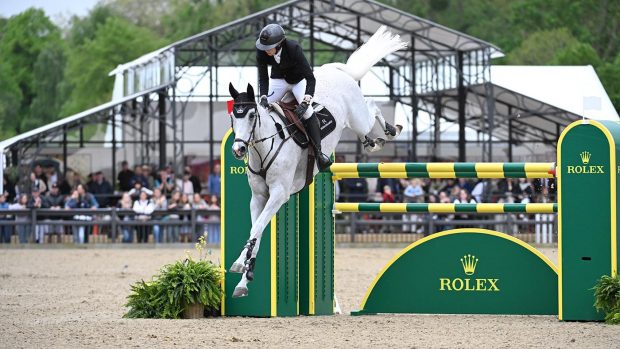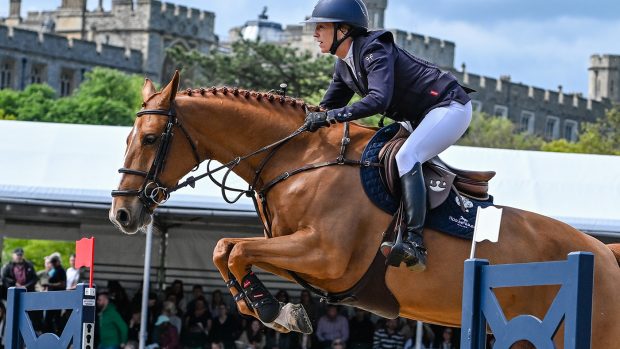Q: What qualifications should I expect my farrier to have?
A: Under the 1975 Farriers Registration Act, anyone calling themselves a farrier must be registered with the Farriers Registration Council. They must have taken and passed the examinations of the Worshipful Company of Farriers to Diploma level.
Any farrier who has passed the Diploma will have the letters DipWCF after his name. Further study could take him to Associateship or Fellowship level.
Ten signs of a good farrier
- He turns up on time, or pretty close to the time he said.
- He is calm and confident around horses, introducing himself to the horse before he starts and taking time to discuss the horse’s requirements with you first.
- If it’s the first visit, he’ll want to see the horse standing square in his old shoes then walked out and trotted back, so he can assess any abnormalities of action.
- He will remove the old shoes cleanly without tearing the foot.
- He’ll check the old shoes for any uneven wear caused by faults in conformation, unsoundness or faulty shoeing. He’ll observe the unshod horse standing and walking.
- While he’s preparing the foot for the new shoe, the farrier will study the shape and angle of your horse’s foot when it is flat on the ground, ensuring the angle of the pastern and hoof are the same. He’ll then begin to rasp or cut the grown horn starting with the sides and toes then, if necessary, the heels. Lastly, he will tidy up the sole and frog if he feels it is necessary.
- When shoeing your horse, a good farrier will maintain body contact with the horse by leaning into the horse’s body, rather than away from it. This will help to give your horse confidence and prevent him leaning into the farrier while being shod.
- Your farrier should be firm but sympathetic and certainly not get cross if your horse happens to snatch his foot away or resist. Most farriers are good horsemen and your horse should respond to this.
- He should fit an appropriately weighted, well-fitted shoe. In normal circumstances, you should just be able to see the edges of the shoe and a fraction protracting from the back of the heel. There shouldn’t be any daylight between the foot and the shoe and the foot shouldn’t look over rasped. Generally, the farrier will use three nails on the inside and four on the outside of the foot. All of the clenches should line up and the horse should stand with his foot level on the ground and hisfrog in close contact with the ground. The wall of the foot should only have been rasped lightly and below the line of the clenches.
- The farrier should sweep up afterwards so that no bits of hoof or nails are left around. He should leave your horse happy, sound and confident with tidy-looking feet.
Help your farrier do a good job!
- Make sure your horse is used to being handled and having his feet picked up.
- Bring your horse in,dry off his legs and pick out his feet. Take off his turnout rug if it is wet.
- Make sure he is tied up on hard standing in an area with plenty of light.
- Stay with your horse while he’s being shod, just in case anything goes wrong.
- Book your next appointment so that you know when he is coming next. Farriers hate nothing more than someone ringing and expecting them to come out the next day!
Read more about farriers and shoeing:




